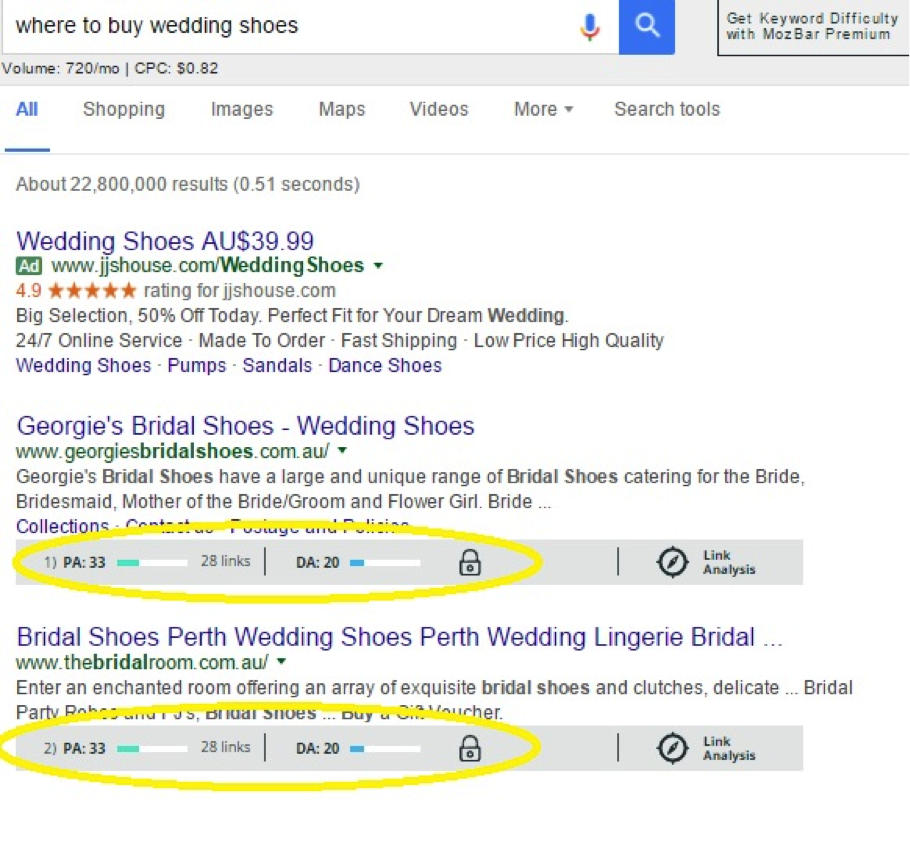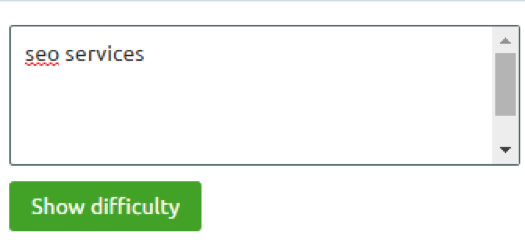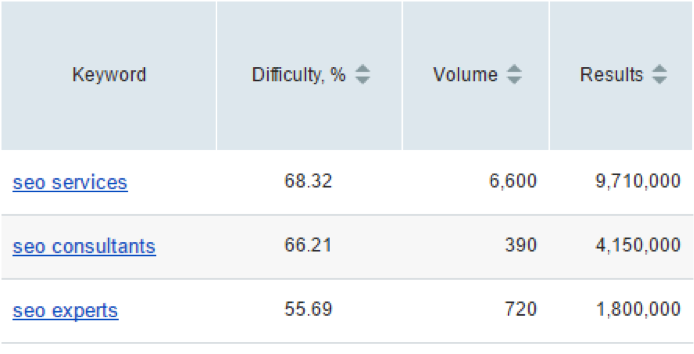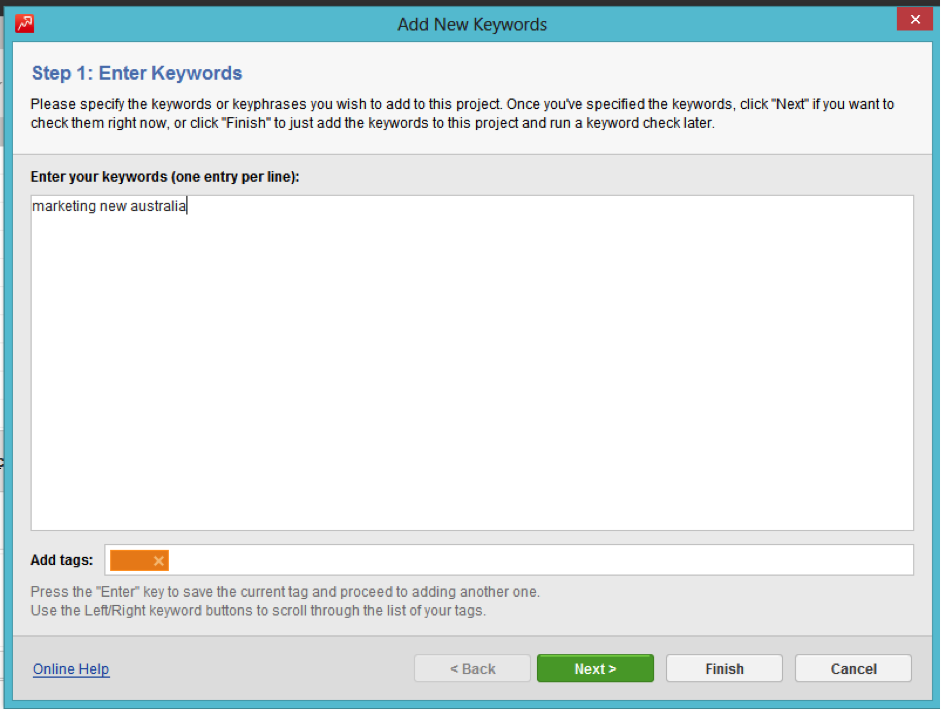For SEO keyword research is arguably the most important step in any search engine optimisation process. Getting this right is the difference between traffic from search and a lot of wasted effort where content is generated and it completely fails to rank.
Most often this is because the targeted keywords are too competitive. No matter how good the content is, if it’s published on a low authority site it won’t rank well. So rather than going up against the big guns, find less competitive keywords you can rank for.
This article will show you how to be smart and pick apart some opportunities in the algorithm where you can rank. Assessing how easy it is to rank well on a keyword isn’t easy, as there are over 200 ranking factors that determine whether a page ranks well or not. However using one or a combination of methods mentioned below will help you pick the right keyword opportunities for your site.
Method 1. Use the MozBar Toolbar Chrome Extension
The quickest method to analyse keyword difficulty is MozBar Chome Extension. This tool analyses the domain authority, page authority and links for each result. The metrics are shown right there on the results page. To do this first install the MozBar Chrome Extension. Then simply enter your keyword into search. The example used in the case is “where to buy wedding shoes”.

Then press Moz Bar Button on your browser:

The search results page then shows the Moz Page Authority, the amount of links to the page and the domain authority for each result.

Analyse all the results on the page. See what the average domain authority and page authority is. How many links does each page have? If you see a lot of pages with a domain authority of 80, and the domain authority for your site is 20, you can be pretty sure it’s going to be difficult to rank. Keep in mind that even if you see pages with very high domain authority you may still be able to outrank them if they haven’t optimised for the search query well, have 0 links or their content isn’t quality (see method 2 and 3)
Method 2. Analyse Your Competitors Content for On Page Factors
Another method is to see how well your competitors have optimised their content for the search results. Take a look at your results page and go through the on page SEO factors. The metrics I like to look for include:
- Have they included in the keyword in the title?
- Are the keywords in the meta-description?
- Are the keywords in the URL?
Method 3. Analyse Your Competitors Content for Quality.
Another important factor to assess is how the results is how your competitors stack up when it comes to quality. When assessing the quality measure you need to ask yourself one simple question:
“Can I create a piece of content that deserves to rank for this term?”
To know the answer to this you need to know what you’re up against. To do this open up the first 5 pages in the result for your query. Take a look at the content and assess it along these metrics:
- How long is the content?
- Have they included image and or video?
- Is the quality well written?
- Does the content answer the query?
If you see a tonne of thin content that is poorly written the answer to above question is yes. If you’re seeing excellent quality and relevant results maybe move on to another opportunity.
Method 4. Use SEMrush’s Keyword Difficulty Tool
There are a lots of keyword difficulty tools on the market but they don’t come cheap. One excellent tool is SEMrush’s Keyword Difficulty Tool. You can use the trial version for free.
Simply plug your keyword into the box and check the result and press show difficulty. In this instance I’ve used “seo services”.

The keyword index is based from 0-100. Anything below 50 is a good opportunity. Anything above is going to take more work.

It is best to use this tool to enter a number of keywords based around your topic and see which one has the lowest difficulty score. That way you can easily determine what your focus keyword should be out of your potential options. As an example a few options for “SEO services” are “SEO consultants” and “SEO experts”. You can see from a difficulty point of few SEO experts is the best option.

Of course difficulty is only one measure, you need to take into account profitability and volume as well. It is better to rank number 1 for a low search query than number 50 on a highly competitive term though.
Method 5. Use Rank Tracker’s Keyword Difficulty Tool
Another excellent Tool is Rank Tracker’s keyword difficulty feature. Rank tracker is much more than just a rank tracking tool. It’s a very powerful keyword research tool to find profitable and easy to rank for keywords. To do this first download the software.
Then open Rank Tracker and enter your site’s URL and click next. We have used Marketing.com.au as an example.
![]()
Next connect to your AdWords account (this may take a moment). Don’t worry about analytics for now.
![]()
Now enter the term you would like to rank for and click next. Select your search engines in most cases the default is fine.

Select your keyword and locate the keyword difficulty tab and the bottom of the screen. Update the Keyword difficulty
![]()
Presto you’re given bunch of metrics on keyword difficulty.

Anything over 70 is going to be pretty hard to rank for, depending on your site authority it’s best to target terms under 30. Another useful feature is the links to page and on page optimisation. This is a powerful way to emulate your competitor’s tactics. You can see the tactics your competitors have used on page, and using a link analysis tool analyse the links of the page with the most links.
There it is. 5 quick and easy methods to analyse keyword difficulty. To do all these methods takes around 15 minutes, which may seem a long time. However it’s time well spent to ensure you’re not wasting future efforts writing a piece of content that is difficult to rank for.
Daniel Deelstra
Latest posts by Daniel Deelstra (see all)
- 5 Ways to Analyse Keyword Difficulty and Pick the Right Keyword - September 8, 2016








